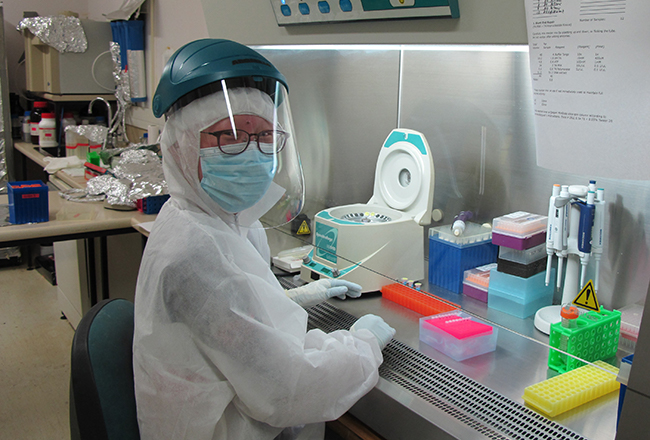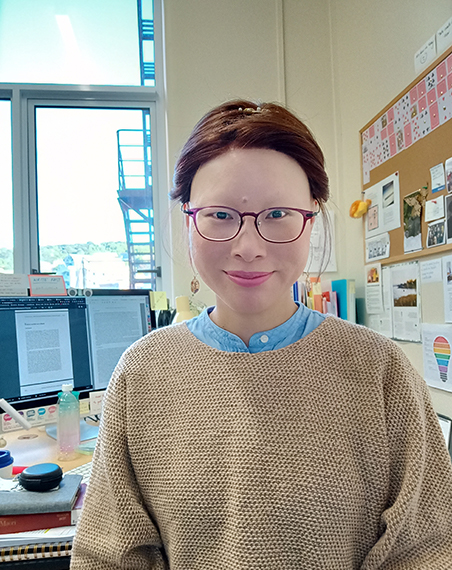
I've a passion for ancient history and the life sciences since I can remember and decided to pursue both in my tertiary studies. However, I couldn't decide between the two subjects when it was time to specialise during my undergraduate degree (and I still cannot)! Fortunately, I discovered that I did not need to – archaeology uses scientific methods and technologies to study the materials abandoned by people in the past. The results can tell us how people lived, adapted, and innovated. Archaeology is not only about our past, but provides important information about what we can do now, in the present, for our future. I love a good story and what story is better than learning how humans evolved and how cultural identities developed; the impacts we made on our environments; and how ancient human activities are relevant to us in the present?
Much in the same way that all humans essentially share the same DNA, we all share a common history. Ancient DNA had fascinated me for a long time, and I decided to pursue a PhD project with the Biological Anthropology group in the Department of Anatomy. Some famous ancient DNA successes include the study of extinct species (e.g., the Denisovans, and the moa). Many of these samples come from cold environments because DNA is preserved better there than in hot and humid places.

My project aims to explore how different genetic approaches can be used for samples from tropical environments, such as Papua New Guinea and the Solomon Islands. In doing so, I am able to build a profile of the rainforest animal species people in the Papua New Guinea highlands had hunted over thousands of years. The genetic results complement previous archaeological work and add new evidence for the timing of introduced species in the region, such as pig. Pig has an incredible socio-economic importance in the region today, and the timing of their introduction has implications in how these local customs may have developed in their prehistoric past.
Another aspect of my studies relates to the Pacific rat (Rattus exulans) in Australia and the Solomon Islands. These rats are associated with the movements of prehistoric peoples colonising the Pacific (including New Zealand). Importantly, the DNA results will help inform current island conservation management programs: such as the protection of the hawksbill sea turtles, which are threatened by the Pacific rats in the Solomon Islands.
Studying at University of Otago with the Department of Anatomy (and the Archaeology Program) has been a rewarding privilege. The time I spent here will always be one of my highlights. And just like our human stories, mine will not be ending with my PhD. I am looking forward to continuing learning about and helping others recover their history and heritage, as told through science and archaeology.